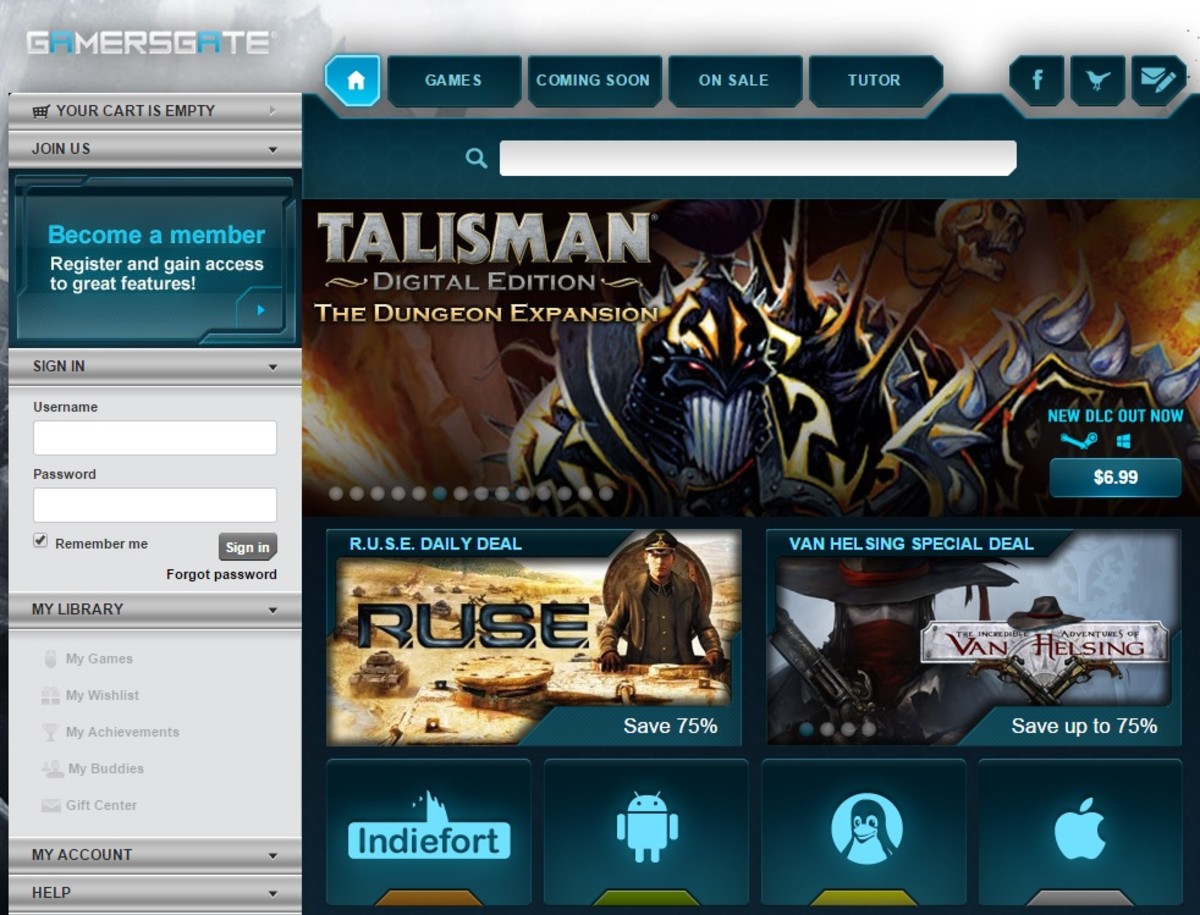
Gizmag looks at some of the best DSLRs for beginners. View gallery (24 images)
DSLRs aren't just the preserve of professional photographers and hobbyists who geek out over megapixels and ISO ratings, as they can also offer a great option for users who have outgrown their smartphone or compact camera. Here we look at some of the best DSLRs for beginners looking to up their photographic game.
There are a number of reasons a DSLR might be the best new camera for you, it could be that you are on a quest for better image quality, or the ability to shoot in lower light conditions. Maybe you crave access to manual controls and a variety of lenses which you hope will help release you inner Annie Liebovitz.
While a mirrorless camera could also tick all of those boxes, and is more likely to boast the latest mod-cons, there are factors which could still push you towards a DSLR. This could be the wider range of lens options, better access to manual controls (some beginner mirrorless cameras can be lacking in this regard), or the fact that you get a dedicated viewfinder, something that's missing on most entry-level mirrorless shooters.
In this guide we're going to look at six of the best DSLR cameras for beginner photographers. This will include models with modes to guide you through learning about manual controls, up to cameras which will be more than enough as your photography skills develop.
Canon EOS 1200D (Rebel T5)
Though very much an entry-level DSLR, the Canon 1200D (dubbed the Canon Rebel T5 in the US) is still more than enough camera for most people. It's small (for a DSLR) but still packs an 18 megapixel APS-C (22.3 x 14.9 mm) CMOS sensor which is capable of turning out great quality images in both bright conditions and the lower light situations your smartphone struggles with. It can also shoot Full HD 1080p video at 30 fps.
Measuring 130 x 100 x 78 mm (5.1x 3.9 x 3 in) the camera has an optical viewfinder for composing shots, and a 3-inch LCD monitor on the rear. Unfortunately, unlike many mirrorless equivalents, the 1200D screen is neither a touchscreen nor able to be angled. Also, the camera lacks built-in Wi-Fi, making sharing images an old-school process of taking the memory card out and putting in into a computer.
However, the creative possibilities enabled by access to the wide range of Canon EF/EF-S lenses, and the ability to shoot RAW images, make up for those, and are the real reasons to buy this camera. A companion app for iOS and Android is also there to help you learn how to control your new camera and understand the basics of DSLR photography.
The Canon 1200D (T5) sells for US$400 with a 18-55-mm kit lens.
Buy now on Amazon.
Nikon D3300
The D3300 is Nikon's entry-level DSLR and its alternative to the Canon 1200D. The camera is again much smaller than the majority of DSLRs, while still boasting solid photographic credentials. This time that's centered around a 24.2-megapixel APS-C 23.5 x 15.6 mm CMOS sensor, and the camera has an ISO range of 100 to 12800, burst shooting at up to 5 fps, and Full HD 1080p video recording at 60 fps.
Access to a range of manual controls lets users step up their photographic game, while a guide mode, which offers sample images and clear step-by-step instructions, shows you how to shoot the sort of images you might be hoping to capture. For those who are new to DSLR shooting and manual controls, this can make the transition far easier. The wide range of Nikon F lenses mean you are not going to be short of glass options.
The D3300 measures 124 x 98 x 76 mm (4.9 x 3.9 x 3 in) and weighs 460 g (16 oz). On the back you'll find a 3-inch LCD monitor (again fixed and not a touchscreen) and an optical viewfinder. While there's no built-in Wi-Fi, the D3300 is compatible with a $40 WU-1a adapter which makes it easy to get images to your smartphone.
The Nikon D3300 costs $400 with a 18-55-mm lens.
Buy now on Amazon.
Pentax K-S1
The most modern looking DSLR in our line-up, the Pentax K-S1, could almost be mistaken for a mirrorless camera. It comes in more color options than you could shake a monopod at (not just the fetching pink above), and has a futuristic row of lights down the front. However, it's not a case of style over substance, the K-S1 is a very able DSLR. There's a 20-megapixel APS-C CMOS sensor, capable of shooting some of the sharpest images in this category, an ISO range up to 51200, and burst shooting at 5.4 fps.
Video recording is possible at Full HD 1080p at up to 30 fps, and a new stylish interface displayed on the rear 3-inch LCD monitor makes it easy to see and adjust your settings. There's also the option of on-screen explanations of settings which will come in handy for beginners. Those five front-facing lights are also used as an indicator and countdown when shooting with Face Detection, Remote Control, or Self-timer.
Measuring 120 x 93 x 70 (4.7 x 3.6 x 2.8 in) and weighing 558 g (19.7 oz), the K-S1 is another small DSLR, this time using the Pentax KAF2 lens mount. While the Pentax K-S1 also lacks built-in wireless skills, it can be used with Flucard memory cards for wireless sharing.
A Pentax K-S1 with a 18-55-mm lens will set you back $350.
Buy now on Amazon.
Sony A58
Sony's A58 (or Alpha 58, or α58) is a little different from the other cameras in this round-up, because it's technically not a DSLR. Instead of using a traditional DSLR mirror it features Translucent Mirror Technology. That said, other than its use of an electronic viewfinder rather than an optical one, it looks and acts much like the DSLRs here.
Inside, the camera uses a 20.1-megapixel APS-C Exmoor CMOS sensor which is paired with Sony's BIONZ image processor to give an ISO range of 100 to 16000, speedy burst shooting at up to 8 fps, and Full HD video recording at 25 fps. Around back, there's a tilting 2.7-inch LCD screen and that OLED electronic viewfinder.
Measuring 129 x 96 x 78 mm (5.1 x 3.8 x 3.1) the camera is roughly the same size as the others we've looked at so far. It uses Sony A-mount lenses. One thing to consider before pulling the trigger on this camera is that Sony has already announced the upcoming A68which will offer a big step up from this 2013 model when it's released in March 2016.
The Sony A58 sells for $500 with a 18-55-mm lens.
Buy now on Amazon.
Canon EOS 750D (Rebel T6i)
The Canon 750D (or Rebel T6i in the US) offers a step up from the previous cameras we've looked at. It boasts more photographic clout along with some of the mod-cons you may have been surprised not to see on the other cameras in our round-up. That said, it's still a great option for a beginner, and may offer you a bit more room to grow.
At the heart of the 750D is a 24.2-megapixel APS-C 22.3 x 14.9mm CMOS sensor, and the camera has a wide ISO range of 100 to 12800 (expandable to 25600) for shooting in a variety of lighting conditions. The EF/EF-S mount camera also offers continuous shooting at 5 fps and can record Full HD 1080p video at up to 30 fps. Focusing is going to be faster than that on cheaper models thanks to a 19-point system.
Measuring 132 x 101 x 78 mm (5.2 x 4 x 3.1 in) the camera is one of the larger ones in our round-up, but still significantly smaller than enthusiast-focused and Full Frame DSLRs. On the back there's an optical viewfinder and a 3-inch vari-angle touchscreen monitor, which is great for shooting in awkward angles or when shooting video. Built-in Wi-Fi and NFC make it easy to share images to compatible devices, and could be reason enough to splash the extra cash on this camera over other less equipped offerings.
A Canon EOS 750D (T6i) will set you back $750 with a 18-55-mm.
Buy now on Amazon.
Nikon D5500
While the Nikon D5500 featured in our line-up of the best mid-range and enthusiast DSLRs, its simplicity also makes it a viable option for beginners who think a lesser camera might not keep up with their photographic ambitions. Like the Canon 750D it offers a good blend of photographic power with mod-cons, on a budget.
This time we're looking at a 24.2-megapixel APS-C 23.5 mm x 15.6 mm CMOS sensor, an ISO range of 100 to 25600, burst speed shooting at 5 fps, and Full HD 1080p video recording at up to 60 fps. Autofocus will again be better than that on some beginner models with the D5500 boasting phase detection with 39 focus points, of which 9 are cross-type. With the Nikon F mount, there are also plenty of lens options.
Measuring 124 x 97 x 70 mm (4.9 x 3.9 x 2.8 in) the D5500 weighs 470 g (16.6 oz) and boasts a large 3.2-inch vari-angle LCD touch screen on the rear which can make reviewing images or changing settings feel as smooth as on a smartphone. There are also plenty of physical controls for settings tinkerers. Built-in Wi-Fi also makes sharing images quick and painless.
The Nikon D5500 sells for $750 with a 18-55-mm lens.
Buy now on Amazon.
Summing up…
Any of these cameras will be able to deliver much better quality images than your typical smartphone or compact. What you have to consider is what features do you need? Are you happy taking the memory card out to access your images, or is a camera with Wi-Fi worth the extra cost? The same goes for features like faster autofocus and a vari-angle touchscreen. There's also the little issue of whether you'd actually be better served by a smaller mirrorless camera rather than a DSLR.
Of this bunch we are particularly fond of the Pentax K-S1 and the Nikon D5500. The Pentax offers very solid photographic capability on a budget, though its looks can be divisive. Meanwhile, the Nikon D5500 is an extremely capable camera which will deliver the goods for photographers from beginners right up to enthusiasts.














 Can you really get paid to play games?…
Can you really get paid to play games?…
















